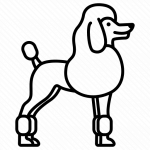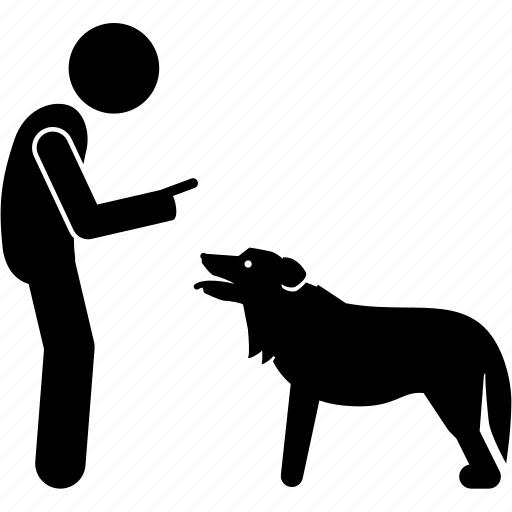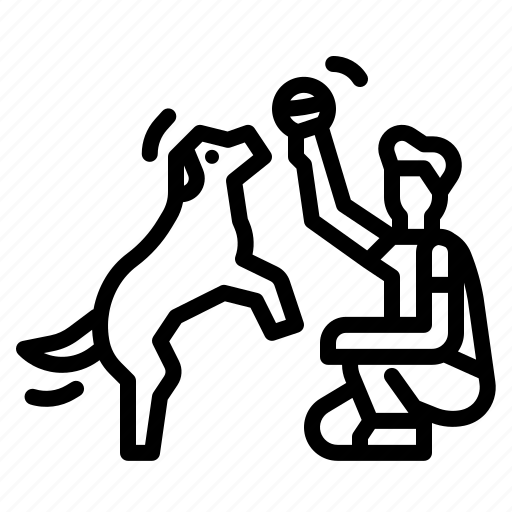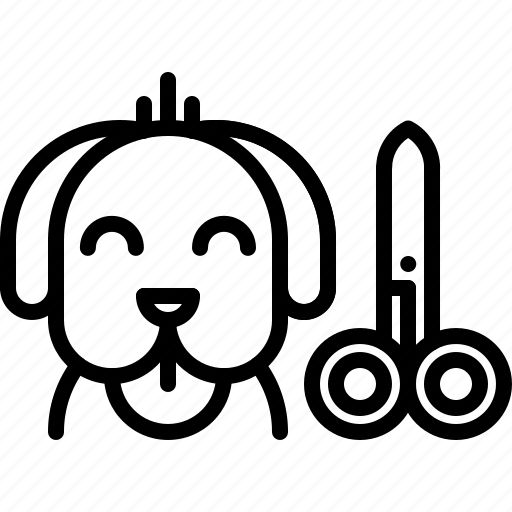Bernedoodle
These designer dogs have quickly become popular due to their loving, social personalities and stunning good looks. The Bernedoodle is the perfect combination of intelligence, playfulness, and loyalty.

Standard Poodle


Bernese Mountain Dog



Breed Overview
- The Bernedoodle is a hybrid breed resulting from the combination of a Bernese Mountain Dog and a Poodle.
- The Bernedoodle can come in three types – F1 (50% Bernese Mountain Dog & 50% Poodle), F1B (75% Poodle & 25% Bernese Mountain Dog), or an F2 (two F1s crossed together).
- Their coat can range from short to medium in length depending on their type and can be curly, wavy, or straight.
- They are intelligent and friendly towards other animals and people, including children, but require regular socialization to prevent shyness/aggression.
- They need plenty of exercises to stay healthy and happy, including running, playing fetch, and regular walks. They also need regular grooming such as brushing and occasional bathing.

Lifespan:
10-15 years

Height:
22-29 inches

Weight:
50-90 pounds
Adaptability:

environment:

Owner Experience:

Weather Tolerance:
Health:

Common Issues:

Teeth care:

Shedding:
Behavior:

Trainability

Pet Friendly:

Activity Level:
Coat:

Density:

Length:

Type:
The Bernedoodle can have a curly, wavy, or straight coat depending on its parents’ genes. The curly coat is the most popular due to its low-shedding nature and minimal grooming needs.
Grooming:

Bathing:

Haircut:

Brushing:
Colors Possibilities:

Eyes:

Nose:

Coat:
- Bernedoodles are highly intelligent and eager to please, making them easy to train.
- Training should begin early as puppies with positive reinforcement techniques such as clicker training, treats, and praise.
- Consistency is key when it comes to Bernedoodle training – they will pick up on habits quickly and need clear expectations from their owners.
- Socialization is also very important in order for the dog to learn how to interact properly with other animals and people.
- It is important for the owner to remain consistent and patient when training a Bernedoodle, as this breed can be stubborn at times! Reward-based methods are usually the most effective way of teaching good behaviors.
- Bernedoodles are generally a healthy breed but can suffer from some genetic conditions such as hip dysplasia, elbow dysplasia and eye defects.
- Regular visits to the vet for check-ups and vaccinations is important to maintain their health
- As with all dogs, they should be fed a high-quality diet and given sufficient exercise on a daily basis in order to stay active and healthy.
- Grooming is also very important for Bernedoodles including regular brushing, occasional bathing, and professional haircuts every 4-6 weeks depending on the type of coat they have.
- Lastly, it is important to keep an eye out for any signs of illness or injury and take them to the vet immediately if any issues arise.
- Bernedoodles should be fed a high-quality diet that is suitable for their size and activity level.
- Depending on the type of food they are eating, they will require different amounts – dry kibble or wet canned food should both include all essential nutrients needed for proper growth and development.
- It is important to avoid any foods that contain artificial additives or preservatives as these can cause an upset stomach or other health issues in dogs.
- Meals should be served at least twice per day in appropriate portions based on the dog’s age, weight, and activity level – treats can also be given occasionally but should not make up more than 10% of their total calorie intake each day.
- Lastly, it is important to make sure they always have access to fresh water in order to stay hydrated throughout the day.
